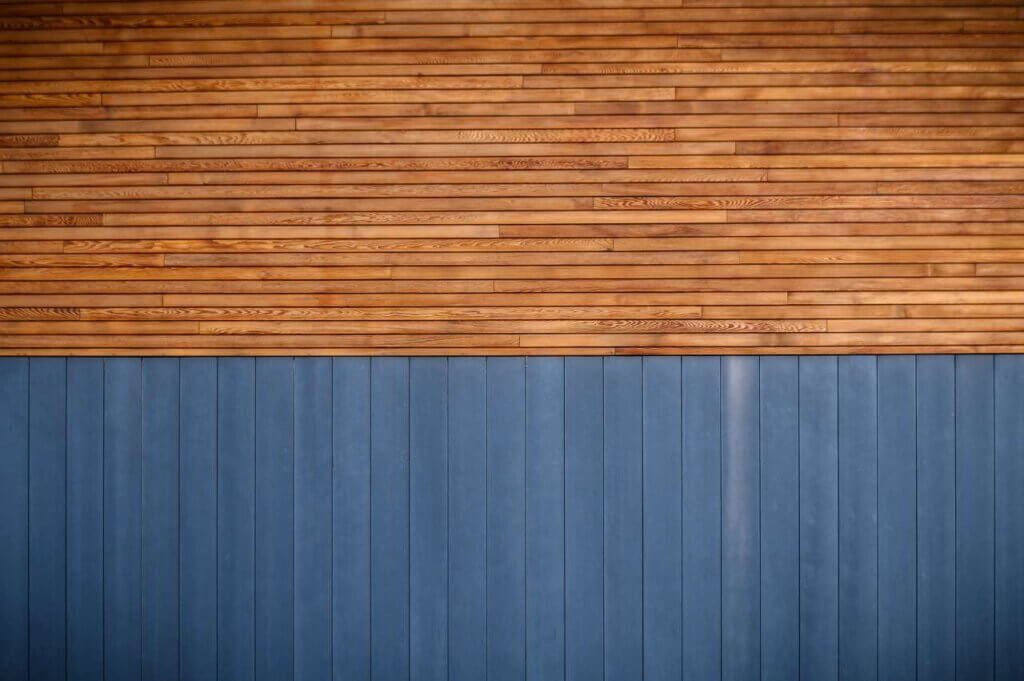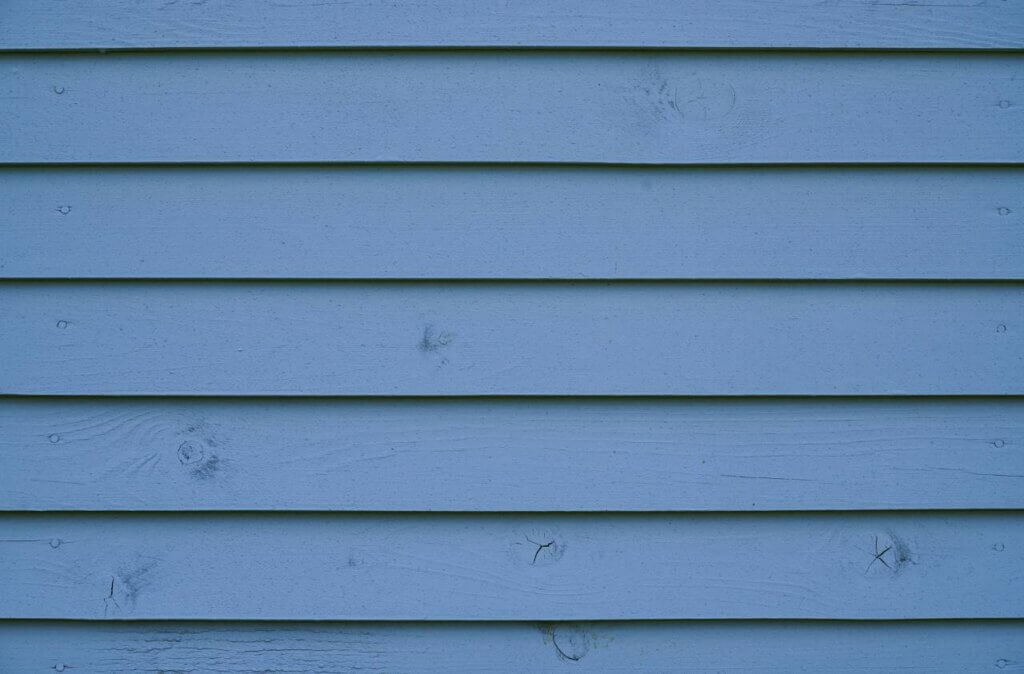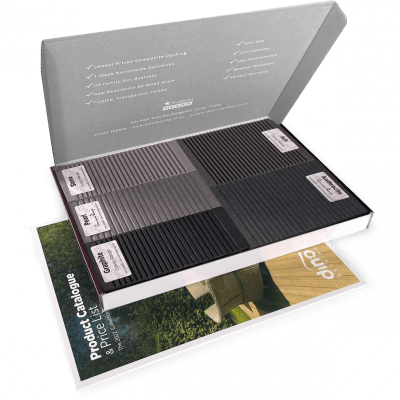How to Protect Composite Decking: Full Guide
Find out how protecting your composite decking can help keep your decking looking its best for years to come. You
Products in Stock
Lowest Prices
Express Delivery
10-Year Warranty
Early June Sale. Up To 15% Off.

Cladding can drastically change the look and feel of your home, giving it a fresh facelift or a modern edge. But before you dive headfirst into your project, you’ll need to make a key decision: vertical or horizontal cladding?
It’s not just an aesthetic choice; each orientation brings a unique set of benefits and considerations that can impact your home’s overall style, functionality, and even its energy efficiency. Let’s explore both options, and help you decide which is the perfect fit for your vision.
As the name implies, vertical cladding features boards or panels installed vertically, running from the top to the bottom of your exterior walls. It’s a classic look that can bring a sense of height and grandeur to your property, so if you’re looking to add a touch of drama or make a small space appear larger, vertical cladding could be your answer.

Horizontal cladding, on the other hand, features boards or panels installed horizontally, running across the width of your exterior walls. This orientation offers a timeless appeal, and it can evoke a sense of warmth and cosiness.
Read More: 7 Modern Exterior Cladding Ideas
So, how do you decide which orientation is right for you? Let’s look at some key factors to consider:
Consider your personal style and the overall look you’re aiming for. If you prefer a modern, streamlined aesthetic, vertical cladding might be the better choice. For a more traditional or rustic feel, horizontal cladding could be the way to go.
The weather and climate in your area can also influence your decision. Vertical cladding is typically a better choice for areas with high rainfall, as it facilitates water runoff and prevents moisture buildup.
Factor in the complexity and cost of installation, as well as the ongoing maintenance requirements. Vertical cladding can be more challenging to install, but both orientations generally require minimal maintenance, especially if you opt for durable materials like composite cladding. Explore our collection to shop high quality composite cladding in the UK and enjoy a stylish, low-maintenance solution for your home.
Consider the existing architectural style and design of your home; certain styles lend themselves better to one orientation over the other. For example, modern homes often look striking with vertical cladding, while traditional homes might benefit from the warmth and charm of horizontal cladding.
The cost and availability of different cladding materials can also vary depending on the orientation you choose, so consider your budget and the availability of materials in your desired style and finish.
If sustainability is a priority, look for cladding materials made from recycled or renewable resources. Many composite cladding options are eco-friendly and can help reduce your home’s environmental impact, so we’ll always recommend using composite wherever possible.
Ultimately, the choice between vertical and horizontal cladding comes down to your personal preferences, the style of your home, and your practical needs. Both orientations offer unique benefits and can create a stunning visual impact when executed thoughtfully.
Generally, the key is to choose an option that aligns with your vision, complements your home’s architecture, and enhances its overall appeal. If you’re still unsure about which direction to go, don’t hesitate to seek inspiration and guidance from the pros – check out our comprehensive guide on the types of home cladding available, which is our go-to guide for all things cladding. And if you’re ready to take the plunge, our range of high-quality composite cladding options is a fantastic place to start your journey towards a beautifully insulated and aesthetically-pleasing home.

Our sample pack contains a sample piece of each colour currently available. Order your free sample pack today to compare the colours and get a true feeling of the Dino Decking range!
Find out how protecting your composite decking can help keep your decking looking its best for years to come. You
It’s quite common to end up with leftover decking after most installation projects. Offcuts and spare boards don’t need to
Business hours
Monday: 09:00 – 17:30
Tuesday: 09:00 – 17:30
Wednesday: 09:00 – 17:30
Thursday: 09:00 – 17:30
Friday: 09:00 – 17:30
Saturday: Closed
Sunday: Closed
Contact us
01942 355968
support@dino.co.uk
Collection Address: Unit 1 Wetheral Close Hindley Ind Estate Wigan Greater Manchester North West WN2 4HS
Pages
Products
Testing
Copyright 2025 Dino Decking Ltd All Rights Reserved.
VAT Number: GB296097848.
Company Number: 10837233.